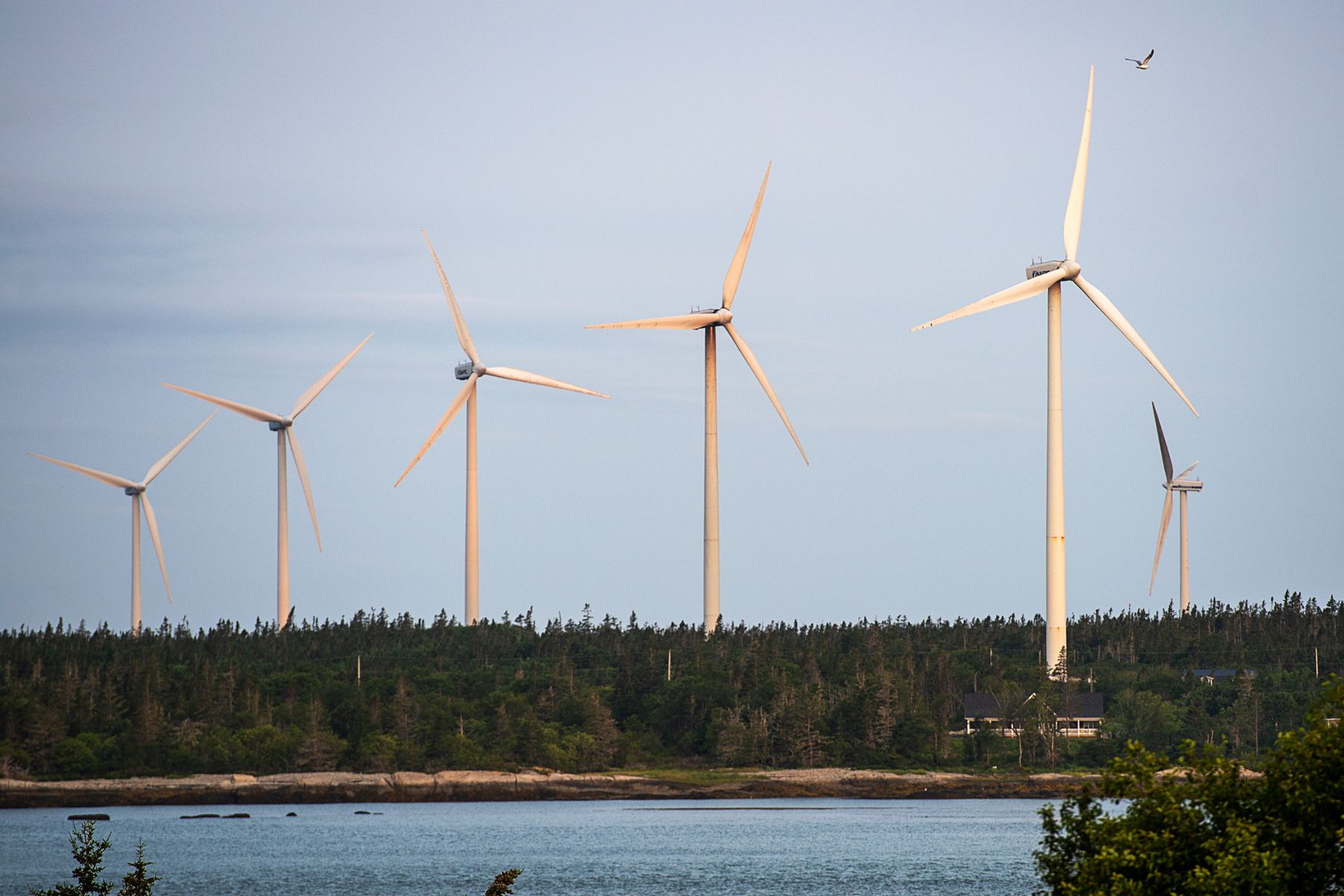Last week, the International Energy Agency (IEA) released its annual World Energy Outlook (WEO) report. As one of the most authoritative sources of global energy scenarios and analysis, it provides a comprehensive view of the global trends of the energy transition.
The WEO and its three scenarios—the Stated Energy Policies Scenario (STEPS), Announced Pledges Scenario (APS), and Net Zero Emissions by 2050 Scenario (NZE)—are widely used by policy-makers, industry, and investors in their decision-making processes and climate transition risk analyses. Each scenario reflects different assumptions on future climate and energy policy decisions, and resulting actions1.
In this Insight, we share five main takeaways from the WEO 2024 and what they mean for Canada. Many of these takeaways build on our analysis from last year.
1. The age of clean electricity is here
All three scenarios in the 2024 WEO show the world’s energy systems becoming increasingly electrified. Even under the STEPS, where governments take no additional action beyond current and developing policies, electricity demand from advanced economies is expected to double by 2050, driven largely by higher adoption of electric vehicles, heat pumps, and industrial electrification. In Canada, meeting this growing demand will require provincial electricity systems to become bigger, cleaner, and smarter. Our research finds that Canada’s electricity generation will need to grow 1.6 to 2.1 times bigger by 2050 relative to today to meet future electricity demand.
Cleaner sources of electricity, as well as smarter system designs, play increasingly central roles in the WEO scenarios. Global installed renewable capacity grows to between 2.3 and 2.7 times bigger than current levels by 2030 (Figure 1). The expansion of renewables is also coupled with significant investments in transmission and distribution, as well as storage technologies to make systems more flexible; the STEPS sees battery storage investments nearly tripling by 2030.
2. More electricity = less fossil fuels
When looking at total global energy demand, all three scenarios in the WEO 2024 show demand for each fossil fuel peaking before 2030, as electrification increases. This is the second year the IEA has reached this conclusion and IEA President Fatih Birol noted that this year many other forecasts, including from large oil and gas companies, reached the same conclusion.
The peaks of fossil fuel demand this decade are good news for the climate, but what happens after that is important. Fossil fuel demand in 2050 differs strongly across the three scenarios, as does the range of expected long-term temperature increases. As global demand for fossil fuels declines, this will also have implications for the long term competitiveness of the Canadian oil and gas sector.
3. The energy transition will reduce household energy bills
The 2024 WEO finds that the clean energy transition can help reduce household bills and reduce the exposure to volatile fuel costs. Under the NZE Scenario, households in advanced economies see 25 per cent lower energy bills by 2050 compared to the STEPS due to improvements in energy efficiency, improved insulation, more efficient heating and cooling systems, behaviour changes, and lower wholesale fossil fuel prices driven by reduced demand.
The IEA’s findings track with the Institute’s own analysis of the affordability impacts of household electrification in Canada. We are already seeing significant progress in the adoption of key clean technologies identified in the WEO that can drive household energy bills down. EV sales continue to break records every quarter, and heat pump adoption continues to accelerate, especially in some regions like the Maritime provinces.
Despite costs decreasing for clean technologies, the 2024 WEO continues to raise high upfront costs of clean technologies as a barrier to the low-carbon transition, particularly hindering uptake for low- and middle-income households. The report suggests governments consider subsidies over the long term and assess potential changes to the structure of electricity and gas tariffs to account for impacts of potentially declining gas prices—as we also call for in our Heat Pumps Pay Off report.
4. Canada's critical minerals will be in major demand
Critical minerals are crucial to the transition to a low-carbon future given that they are required to build necessary infrastructure and technologies—from electric vehicle batteries to wind turbines. But the IEA raises energy security risks associated with the concentration of critical minerals capacity in very few countries, particularly China (Figure 2).
Earlier this year, Canada ranked first in BloombergNEF’s battery supply chain rankings, demonstrating that Canadian companies can play a strong role in diversifying supply chains for international companies looking to limit their risks. To meet these goals, mining companies in Canada must simultaneously meet the economic, environmental, and social imperatives for competitive production.
5. Opportunities to build on policy momentum
The WEO 2024 shows clean energy transitions are advancing around the world—the IEA states that “the increase in emissions since 2019 would have been three-times as large without the expanding deployment of clean energy technologies.” However, the pace and scale of action needs to accelerate to move off the STEPS emissions trajectory, and avoid the devastating impacts of more than 2°C warming. Our previous analysis has shown where governments in Canada can build on policy momentum to put the country on track to its 2030 emissions reduction target and support Canadian competitiveness.
Overall, the 2024 WEO reinforces the significant opportunities and risks facing Canada in a global energy transition that is only accelerating. How decision-makers respond will have wide-ranging consequences for the country’s economy for many years to come.
Arthur Zhang is a Research Associate with the Canadian Climate Institute. Alison Bailie is a Senior Research Associate at the Canadian Climate Institute.
1 In the STEPS, governments take no major additional policy action beyond today (leading to 2.4 degrees Celsius (°C) of warming by 2100). The APS assumes governments meet their domestic emissions targets (leading to 1.7°C). The NZE meets net zero emissions in 2050 consistent with limiting the temperature rise to below 1.5°C. This year, IEA notes that the NZE shows “an increasingly narrow but still achievable pathway”.
